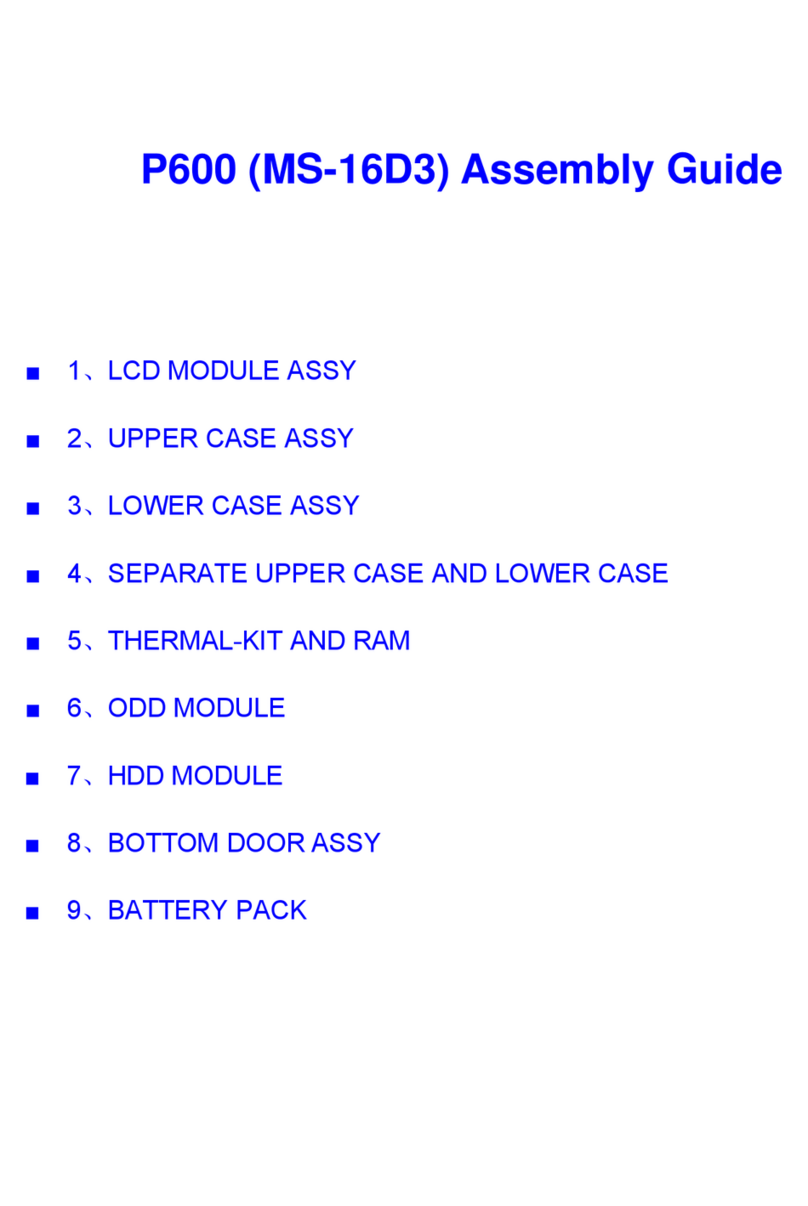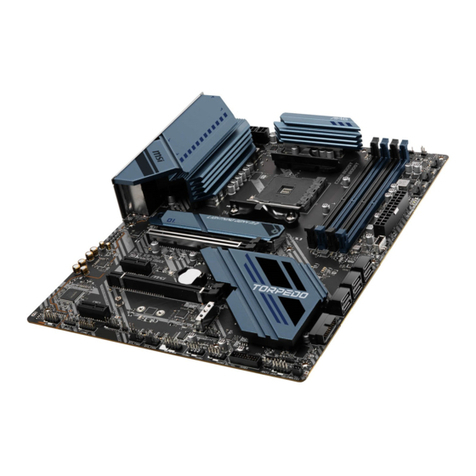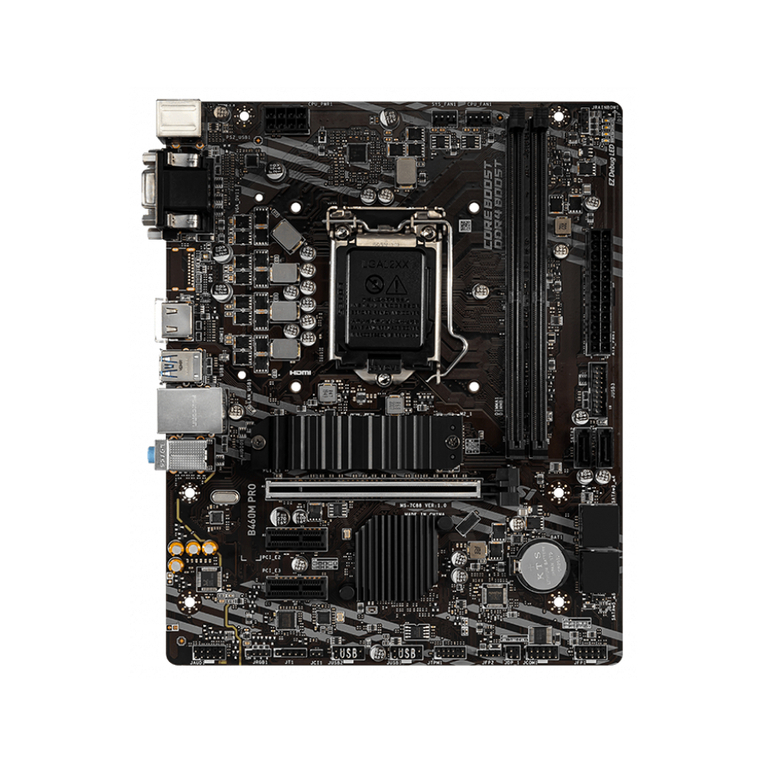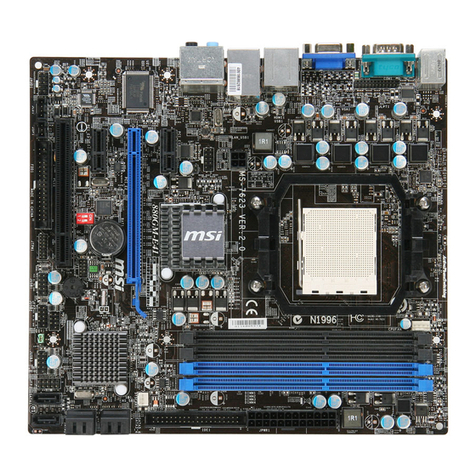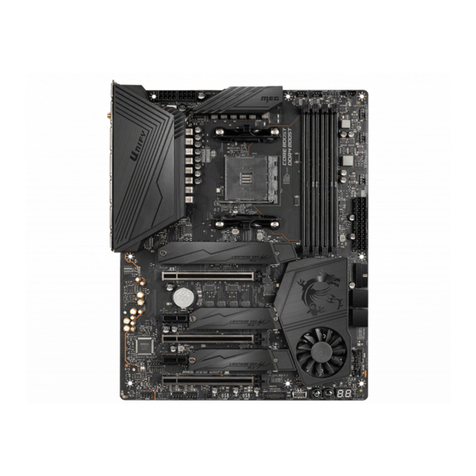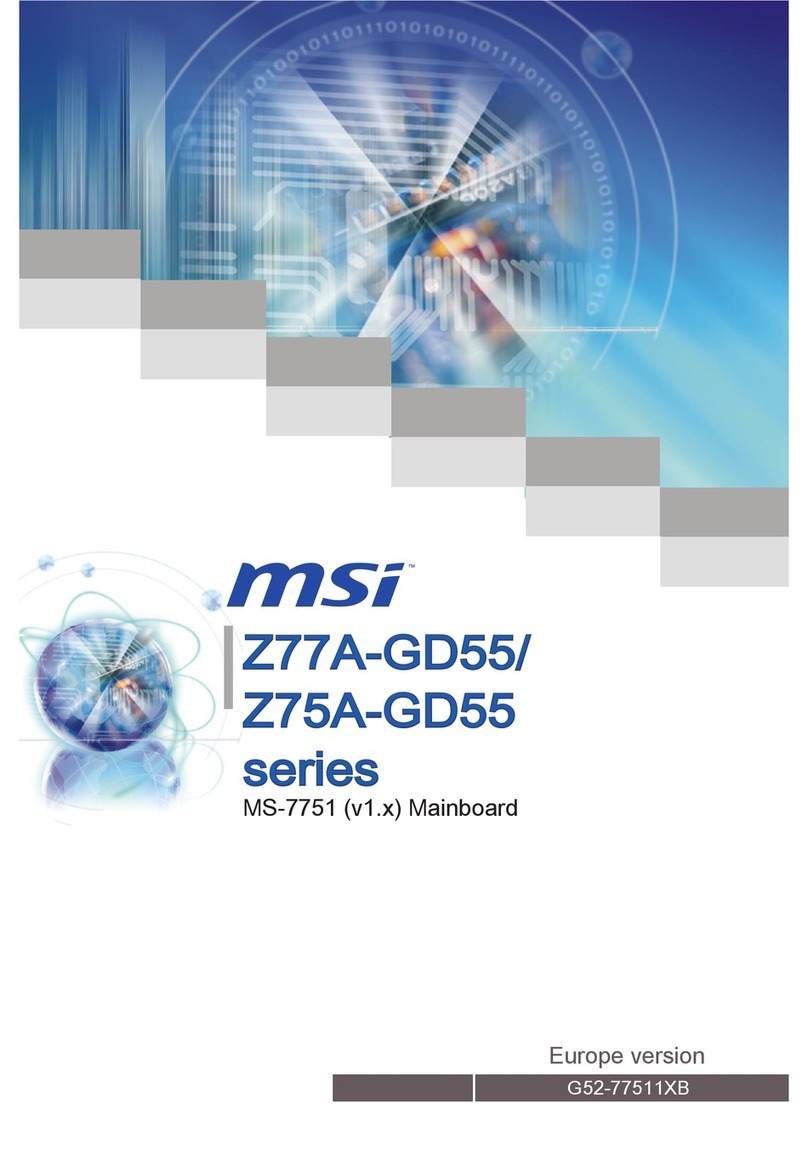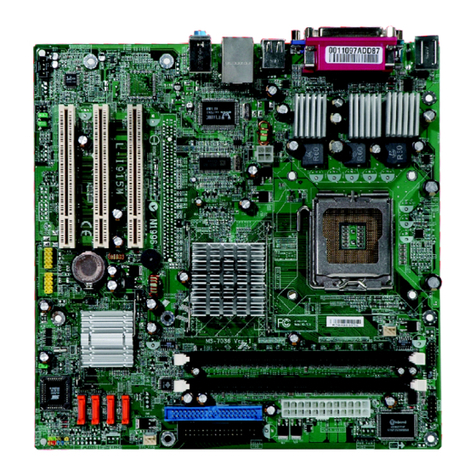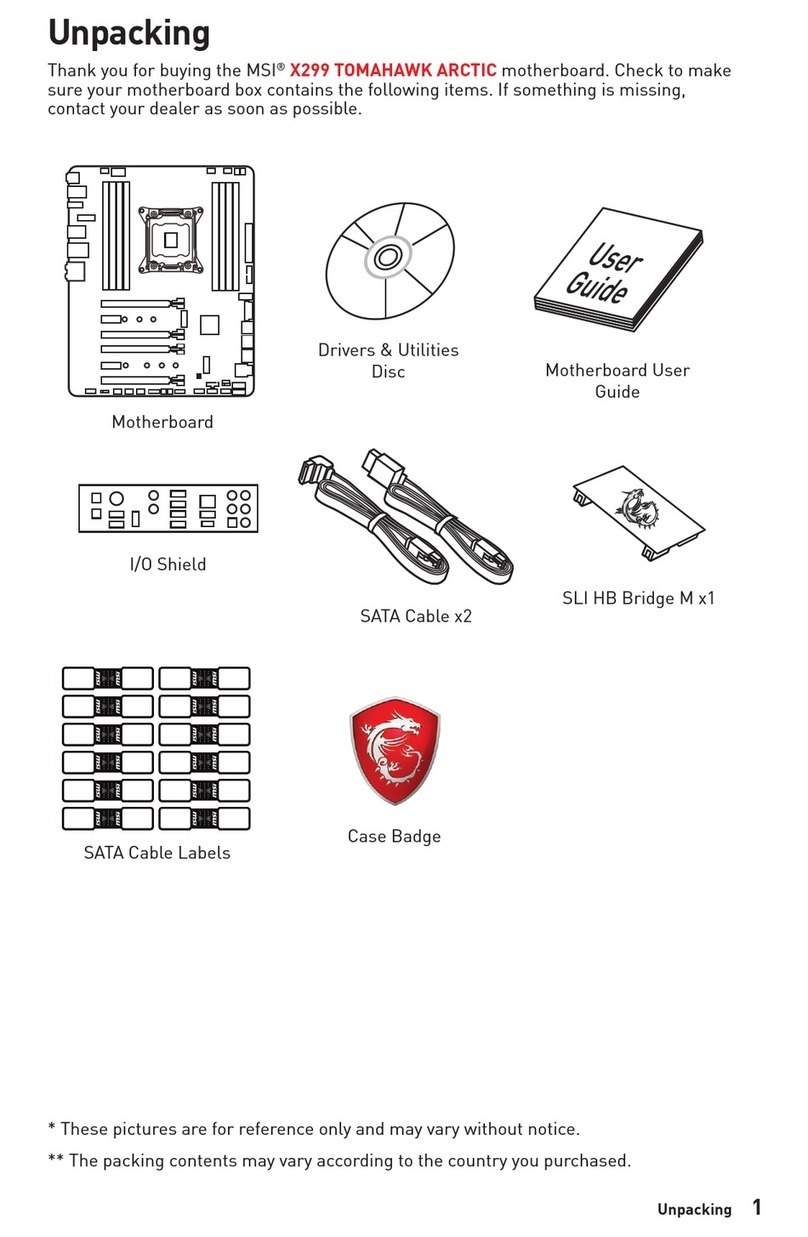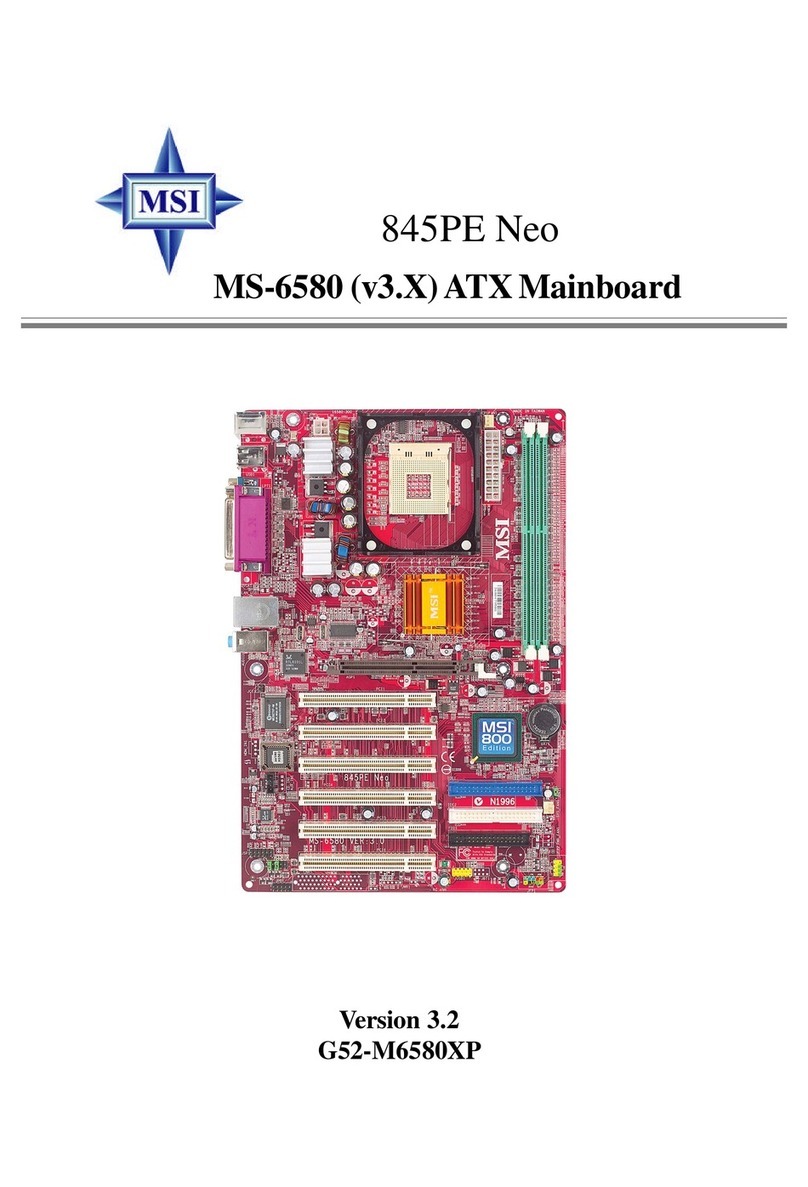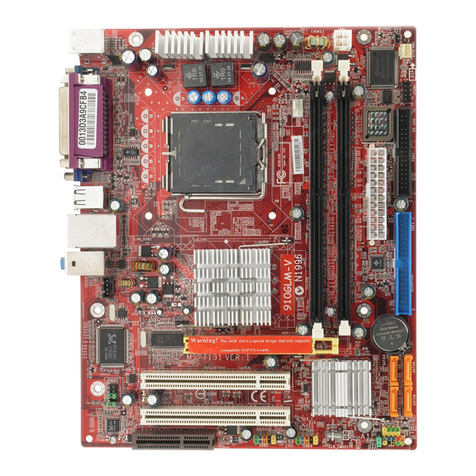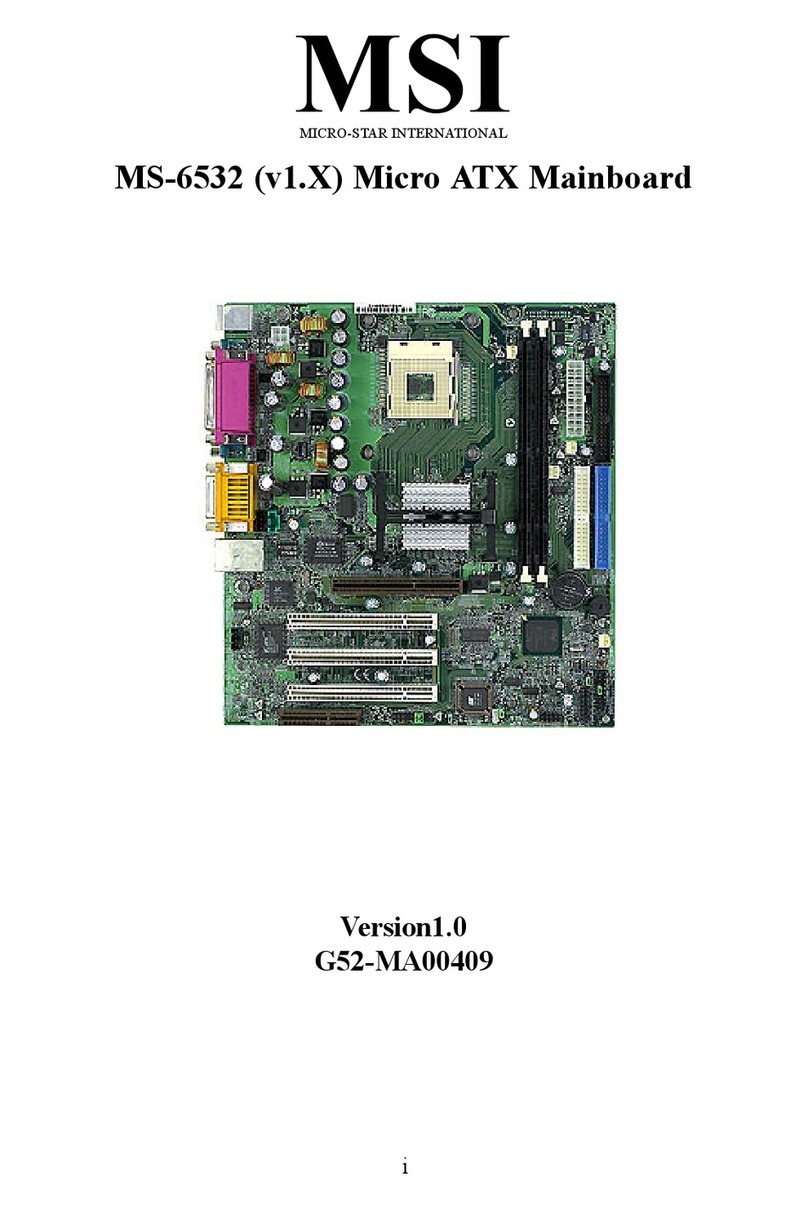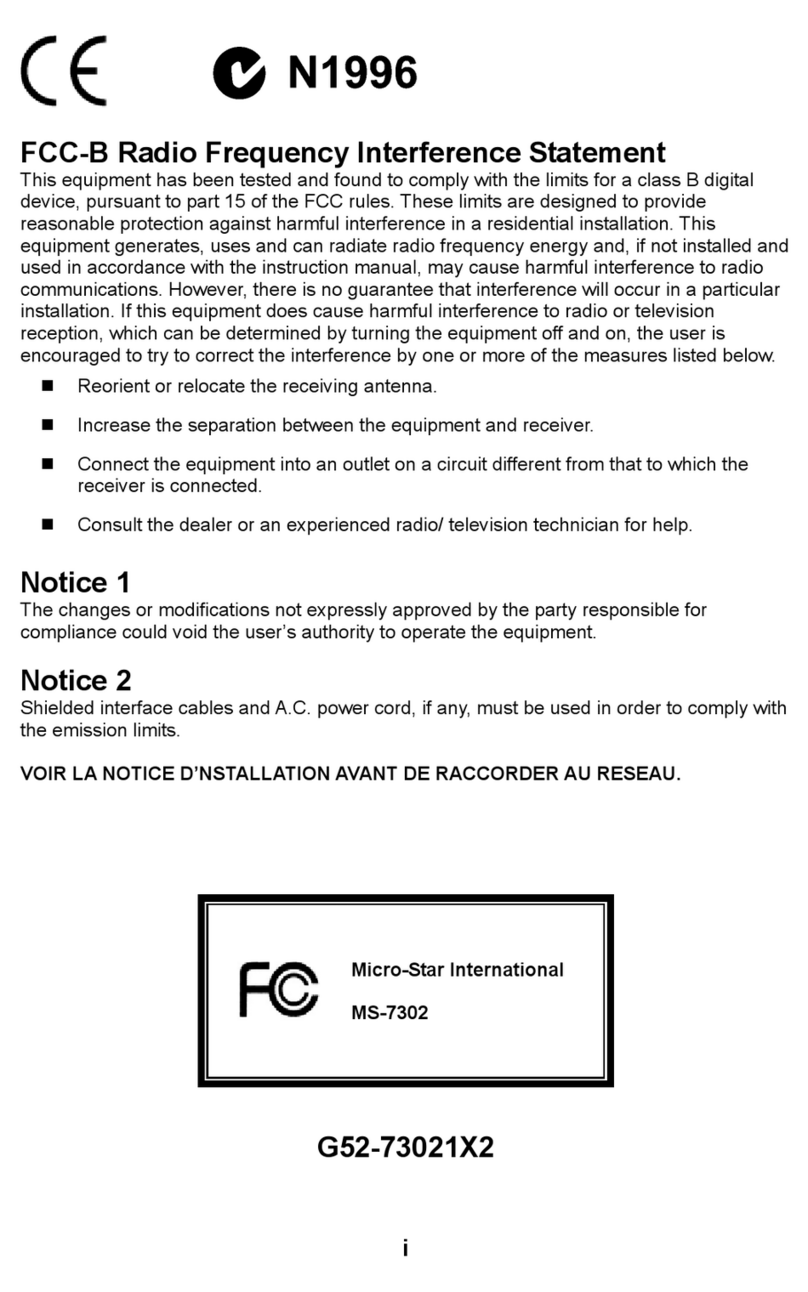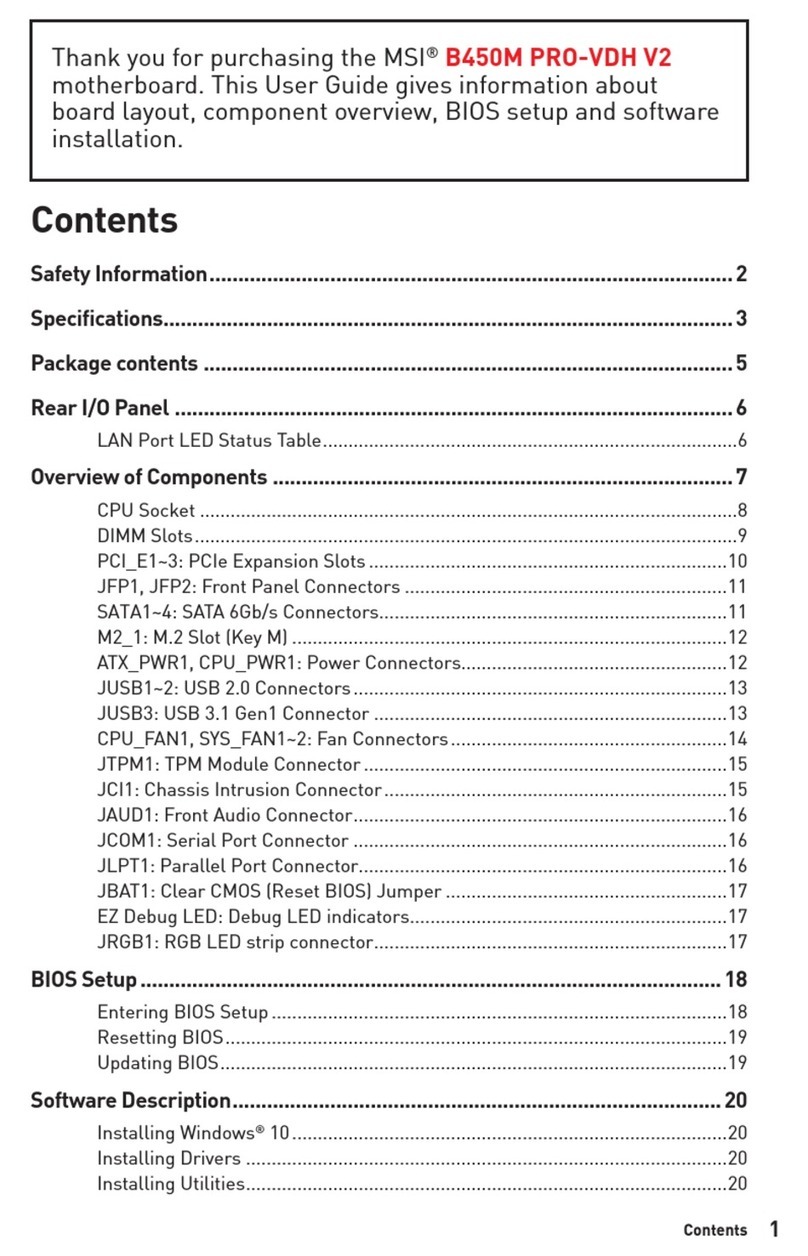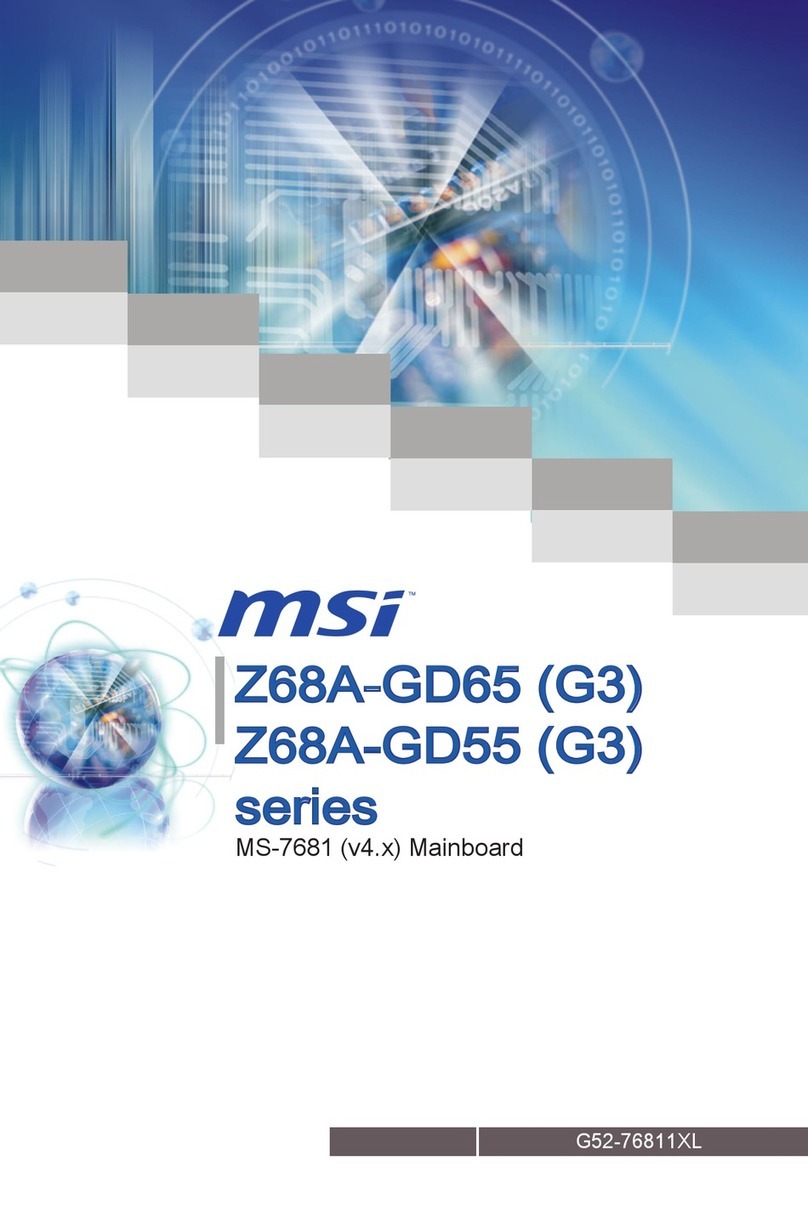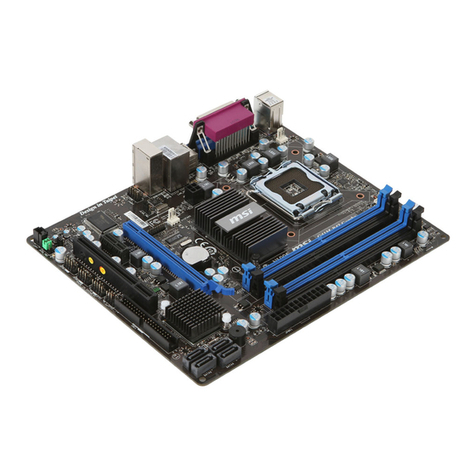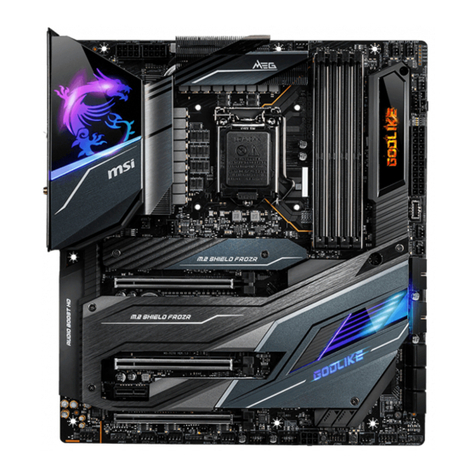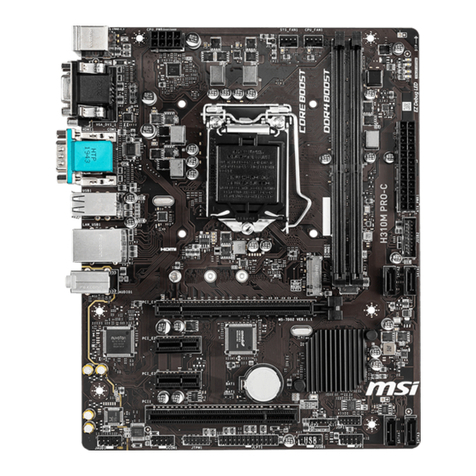vi
Floppy Disk Drive Connector: FDD1 ..................................2-13
USB Front Panel Connector: USB1...................................2-13
Hard Disk Connectors: IDE1 & IDE2 .................................2-14
Case Connector: JFP1 ......................................................2-15
Wake On Ring Connector: JMDM1 ...................................2-17
Wake On LAN Connector: JWOL1 ....................................2-17
Fan Power Connectors: C_FAN1/S_FAN...........................2-18
CD-In/Aux Line-In/Modem-In Connector: CD_IN/AUX_IN/
MODEM_IN.......................................................................2-19
Chassis Intrusion Switch Connector: JCASE ....................2-20
IrDAInfrared ModuleConnector: JIR1 ................................2-20
Front Panel Audio Connector: JAUD1 ...............................2-21
Jumpers ..................................................................................2-22
Clear CMOS Jumper: JBAT1 .............................................2-22
Onboard Audio Codec Jumper: JP1...................................2-23
USB Keyboard Wake-up Jumpers: JBV1 & JBV2 .............2-24
Slots .......................................................................................2-25
PCI Slots ..........................................................................2-25
CNR (Communication Network Riser) Slot ........................2-25
ISA Slot (Optional) ............................................................2-25
PCI Interrupt Request Routing ...........................................2-26
Chapter 3. AWARD® BIOS Setup................................................3-1
Entering Setup ..........................................................................3-2
Control Keys .............................................................................3-2
Getting Help..............................................................................3-3
The Main Menu .........................................................................3-4
Standard CMOS Features .........................................................3-6
AdvancedBIOS Features ..........................................................3-9
Advanced Chipset Features ....................................................3-13
IntegratedPeripherals .............................................................3-17

